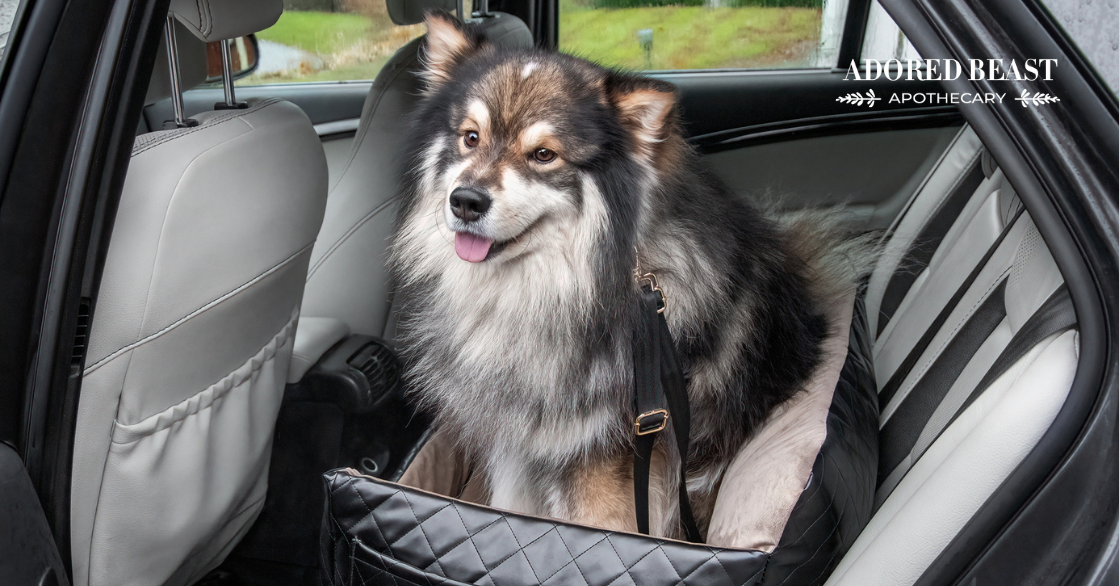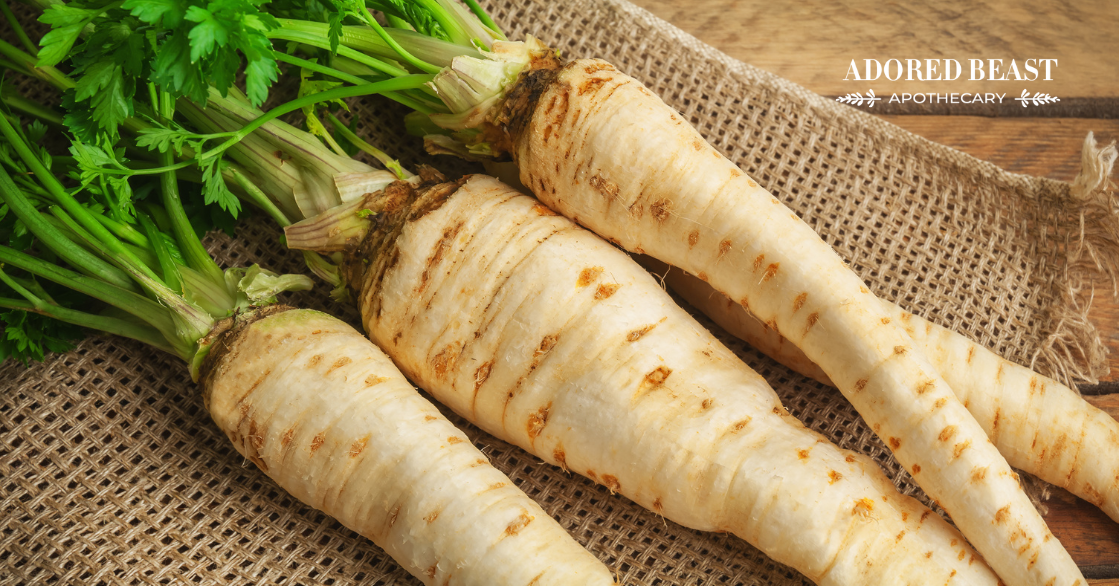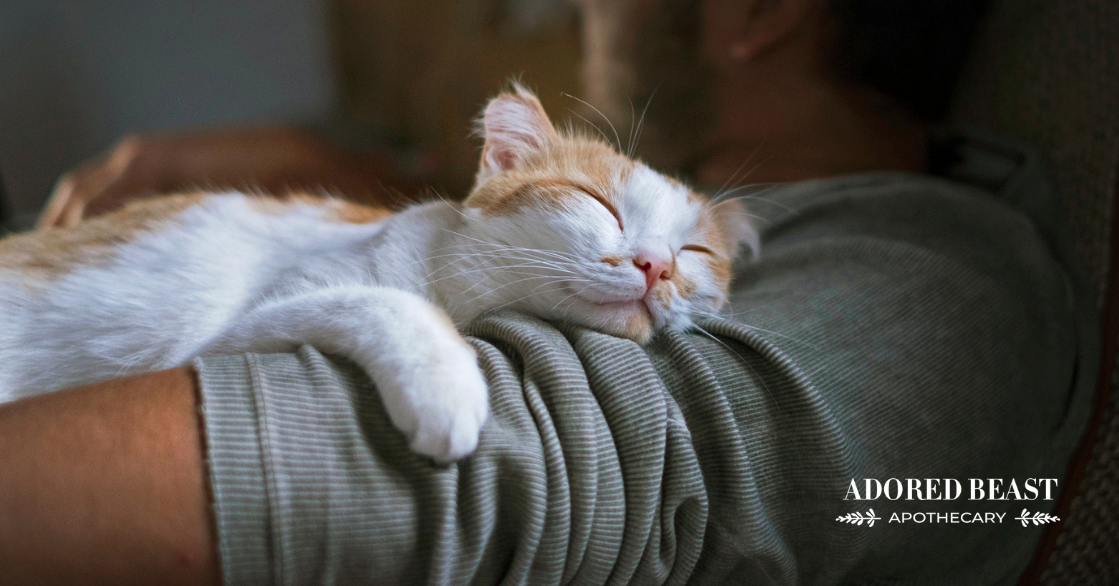Some pets love the car. In our house, just saying the words “car ride” elicits an over-the-top excited response… one that would lead you to believe our dogs never leave the house. It doesn’t matter where we’re going – around the corner or away for days – it must be somewhere fun.
Other dogs, however, are not so keen to jump in. Unfortunately, just like us, car sickness is a common issue, especially among puppies and younger dogs, but it can affect dogs of any age. Understanding what car sickness is, what causes it, and how to recognize the subtle signs can help you manage and alleviate your dog’s discomfort.
Plus, we’ve got a bunch of helpful tips to help keep your pet cool, calm, and collected in the car…
What is Car Sickness in Dogs?
Car sickness in dogs is much like motion sickness in humans. It occurs when there is a conflict between the signals sent to the brain from the eyes, inner ears, and body. When a dog’s inner ear senses motion, but their eyes do not, it can lead to feelings of nausea and dizziness. This can make car rides an unpleasant experience for your dog, leading to anxiety and stress whenever they get in the car.
Several factors can contribute to car sickness in dogs:
- Inner Ear Development: Puppies are more prone to car sickness because their inner ear, which helps with balance, is not fully developed. As they grow, many dogs outgrow car sickness.
- Anxiety and Stress: Dogs who associate car rides with negative experiences, such as trips to the vet, may become anxious and develop car sickness as a result.
- Motion Sensitivity: Some dogs are naturally more sensitive to motion, making them more prone to getting sick during car rides.
- Limited Visibility: Dogs that cannot see out of the car window may feel disoriented and develop nausea as a result.
How to Spot the Subtle Signs of Car Sickness
While some signs of car sickness, like vomiting, are obvious, there are more subtle indicators that your dog may be feeling unwell during car rides:
- Yawning: Frequent yawning can be a sign of anxiety or nausea.
- Excessive Drooling: If your dog is drooling more than usual, it could be a sign of nausea.
- Whining or Whimpering: Vocalizations like whining or whimpering can indicate discomfort or anxiety.
- Licking Lips: Excessive lip licking is often a sign of nausea.
- Restlessness: Pacing, fidgeting, or shifting positions frequently can be a sign that your dog is uncomfortable.
- Panting: Panting, especially when not related to temperature or exertion, can be a sign of anxiety or nausea.
- Lethargy: Some dogs may become unusually quiet or appear listless, trying to cope with their discomfort.
[RELATED] Tips for a Road Trip with a Dog or Cat
How to Combat the Discomfort
Start by working to build up their confidence in the car by taking short trips a few times a week. Use positive reinforcement to show her the car is a safe place. There are also several remedies you can use to help keep her calm during the trip:
- Julie’s top homeopathic remedies are aconite 1M or 200C. Give them 1 hour prior to the trip, and argentum nitricum 200C and phosphorus 200C can both be added to the mix as well. Take 2 pellets of each remedy, add them to a cup of water, let them dissolve for 30 minutes to an hour, and give the water to your pet. Good remedies for carsickness are aconite, tabacum, phosphorus, and sepia. You can add them to the protocol above and just give them with water.
- Bach Flower Essence Rescue Remedy is also a good choice. Start putting it in your pet’s water, 4-5 drops, in the afternoon.
- CBD oil can also provide natural calming for your pet. Follow the directions on the bottle for proper dosing. Give it about 30 minutes before you head out.
If you know your pet is prone to carsickness, consider:
- Direct the field of vision. Watching the world speed by in a blur through a side window can be nauseating. Put your dog in the middle seat in the back so she’s more likely to look forward. Use a doggie seat belt, safety harness, or crate to keep her safely in place.
- Let in the fresh air. Opening the window a few inches helps to equalize inside and outside air pressure and that can help reduce nausea. Keeping the car cool and well ventilated is also helpful.
- Restrict your dog’s food intake prior to travel. If possible, withhold food for 12 hours before the car trip. But don’t restrict access to fresh water.
- Bring something that smells like home for added comfort.
- For cats, make sure the carrier is facing the front of the car, not the side, and on as flat a surface as possible. Use blankets or towels to balance it out. If you can’t get it flat, make sure the lower end is the back of the carrier, not the front, so your kitty doesn’t pitch forward every time you brake.
- Putting a light, breathable cotton sheet over the side of your cat’s carrier can also be helpful.
- Ensure your dog feels secure in the car. Use a crate, harness, or dog seat to keep them safely restrained. Some dogs feel more comfortable in a crate where they can’t see the outside, while others do better with a window view.
- On longer trips, make frequent stops to allow your dog to get out, stretch, and take a break from the motion.
Car sickness in dogs can be distressing for both you and your furry friend. Thankfully, with patience and the right strategies, you can help your dog overcome their discomfort. By recognizing the subtle signs of car sickness and taking steps to create a more comfortable and stress-free environment, you can make car rides a more enjoyable experience for your dog. Whether it’s a quick trip to the park or a longer road trip, ensuring your dog feels safe and comfortable will make all the difference.












